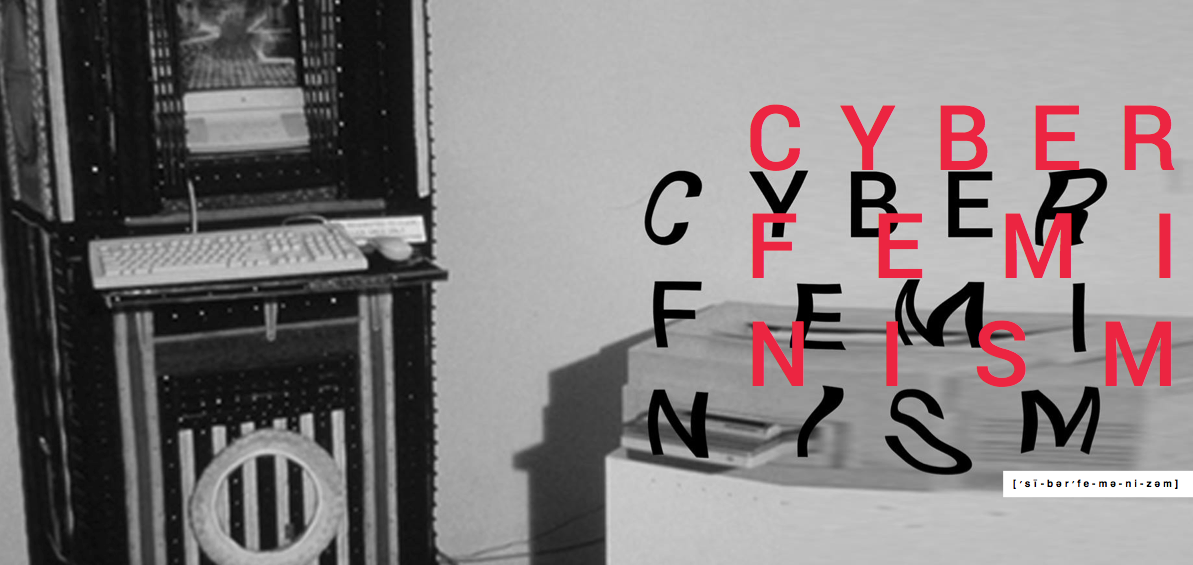The following is from the NYT article “Starving for Wisdom,” by Nicholas Kristof, published on April 6, 2015.
Starving for Wisdom

A liberal arts curriculum and a broad reading list are important to critical thinking. Credit Shannon Jensen for The New York Times
“We are drowning in information, while starving for wisdom.”
That epigram from E.O. Wilson captures the dilemma of our era. Yet the solution of some folks is to disdain wisdom.
“Is it a vital interest of the state to have more anthropologists?” Rick Scott, the Florida governor,once asked. A leader of a prominent Internet company once told me that the firm regards admission to Harvard as a useful heuristic of talent, but a college education itself as useless.
Parents and students themselves are acting on these principles, retreating from the humanities. Among college graduates in 1971, there were about two business majors for each English major. Now there are seven times as many. (I was a political science major; if I were doing it over, I’d be an economics major with a foot in the humanities.)
I’ve been thinking about this after reading Fareed Zakaria’s smart new book, “In Defense of a Liberal Education.” Like Zakaria, I think that the liberal arts teach critical thinking (not to mention nifty words like “heuristic”).
So, to answer the skeptics, here are my three reasons the humanities enrich our souls and sometimes even our pocketbooks as well.
First, liberal arts equip students with communications and interpersonal skills that are valuable and genuinely rewarded in the labor force, especially when accompanied by technical abilities.
“A broad liberal arts education is a key pathway to success in the 21st-century economy,” says Lawrence Katz, a labor economist at Harvard. Katz says that the economic return to pure technical skills has flattened, and the highest return now goes to those who combine soft skills — excellence at communicating and working with people — with technical skills.
“So I think a humanities major who also did a lot of computer science, economics, psychology, or other sciences can be quite valuable and have great career flexibility,” Katz said. “But you need both, in my view, to maximize your potential. And an economics major or computer science major or biology or engineering or physics major who takes serious courses in the humanities and history also will be a much more valuable scientist, financial professional, economist, or entrepreneur.”
My second reason: We need people conversant with the humanities to help reach wise public policy decisions, even about the sciences. Technology companies must constantly weigh ethical decisions: Where should Facebook set its privacy defaults, and should it tolerate glimpses of nudity? Should Twitter close accounts that seem sympathetic to terrorists? How should Google handle sex and violence, or defamatory articles?
In the policy realm, one of the most important decisions we humans will have to make is whether to allow germline gene modification. This might eliminate certain diseases, ease suffering, make our offspring smarter and more beautiful. But it would also change our species. It would enable the wealthy to concoct superchildren. It’s exhilarating and terrifying.
To weigh these issues, regulators should be informed by first-rate science, but also by first-rate humanism. After all, Homer addressed similar issues three millenniums ago.
In “The Odyssey,” the beautiful nymph Calypso offers immortality to Odysseus if he will stay on her island. After a fling with her, Odysseus ultimately rejects the offer because he misses his wife, Penelope. He turns down godlike immortality to embrace suffering and death that are essential to the human condition.
Likewise, when the President’s Council on Bioethics issued its report in 2002, “Human Cloning and Human Dignity,” it cited scientific journals but also Ernest Hemingway’s “The Old Man and the Sea.” Even science depends upon the humanities to shape judgments about ethics, limits and values.
Third, wherever our careers lie, much of our happiness depends upon our interactions with those around us, and there’s some evidence that literature nurtures a richer emotional intelligence.
Science magazine published five studies indicating that research subjects who read literary fiction did better at assessing the feelings of a person in a photo than those who read nonfiction or popular fiction. Literature seems to offer lessons in human nature that help us decode the world around us and be better friends.
Literature also builds bridges of understanding. Toni Morrison has helped all America understand African-American life. Jhumpa Lahiri illuminated immigrant contradictions. Khaled Hosseini opened windows on Afghanistan.
In short, it makes eminent sense to study coding and statistics today, but also history and literature.
John Adams had it right when he wrote to his wife, Abigail, in 1780: “I must study Politicks and War that my sons may have liberty to study Mathematicks and Philosophy. My sons ought to study Mathematicks and Philosophy, Geography, natural History and Naval Architecture, navigation, Commerce and Agriculture, in order to give their Children a right to study Painting, Poetry, Musick, Architecture, Statuary, Tapestry and Porcelaine.”










 Sam Moore
Sam Moore







